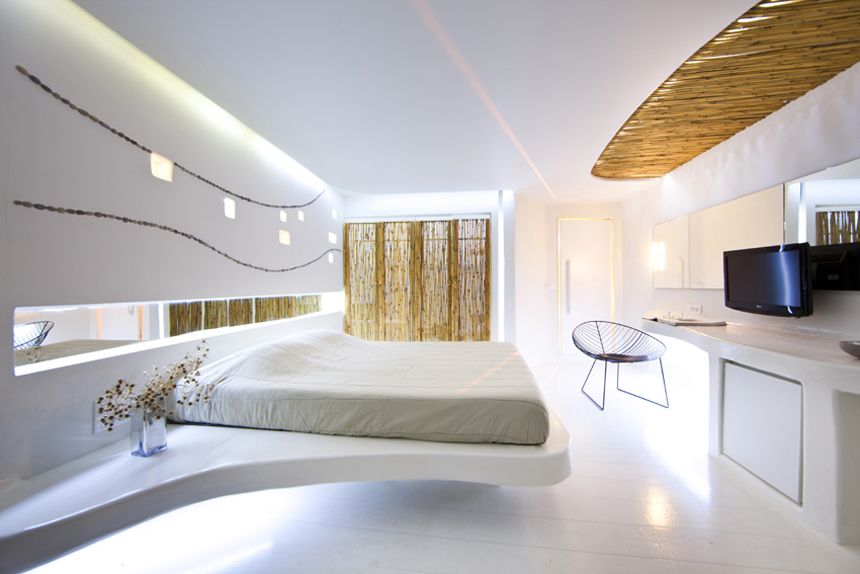
18 May WHAT THE NEW NORMAL MAY MEAN FOR HOTEL DESIGN
In the past few months, the hospitality industry has witnessed an unparalleled impact on occupancy and operations due to the COVID-19 pandemic. As we turn the corner and parts of the country begin to reopen, life in our industry will require us to adapt. The immediate changes offered by each of the major hotel chains will be focused on hotel room cleanliness, social distancing, and changes to foodservice.
What I wanted to focus on in this newsletter were the hotel design changes that may become part of our “new normal” as new projects go forward. Research indicates several obvious and some not so obvious changes that most likely will be included in your next hotel design.
Technology will be employed to a greater degree to help solve some of these challenges. Changes to public restrooms will include replacing or removing high touch surfaces. For example, the public restroom doors will be gone, replaced with open access. Infrared water, soap, and towel dispensers will be a requirement. What is not clear now is the solution within the individual toilet compartments.
Push-button and card access to elevators and guestrooms will be replaced by phone apps and voice commands. The guest’s phone most likely will replace TV remotes and room temperature controls. Guest room carpets will disappear and be replaced by hard surfaces that promote low bacterial growth and cleaning ease. The duvet and toss pillows will be removed from guest rooms. Magazines and other guest room accessories will be replaced by technology or cleanable decorative pieces. Guest room chairs will no longer have arms to reduce the high touch surfaces. Room furniture fabrics will be adjusted in favor of washable surfaces.
Building design changes may also require a different level of thinking. Ultraviolet light has been found to kill viruses. Commercial buildings have been using UV light on HVAC filters to combat mold and pathogens. We expect those features will be included in building fresh air systems and guest room units.
To accommodate these changes, the low voltage systems will be changed to enable more access to the internet and building controls.
The recent hotel design trend has been providing larger public areas for guests to congregate and share the space. These designs will also be rethought. The lobbies and pre-function areas will either become larger to provide the appropriate social distancing or become subdivided to enable isolation for small groups of one or two people who travel together. Hotel meeting facilities may be reformatted to smaller spaces.
Dining areas will change requiring greater distance between tables. Since the restaurant business is driven by the number of “covers” per day, hotel restaurants and coffee shops would tend to require a larger building square footage.
What is not known is the public’s reaction once a vaccine has been developed. My belief is that the traveling public will still want some of the noted technology connections stated above. The real question to consider – Will the public return to their former comfort levels or require some of the physical building changes as noted.
Whatever the outcome, rest assured that hotel and general building designs WILL change.
